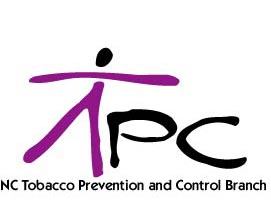
|
New On-Line Resource for Workplace Cessation
Professional Assisted Cessation Therapy (PACT) is an independent consortium
of leaders in the treatment of tobacco dependence that has developed a
very useful and informative resource to assist with tobacco cessation in
the workplace.
The Employers' Smoking Cessation Guide: Practical Approaches to a Costly
Workplace Problem is a thorough and well organized tool to aid employers
in creating a smoke-free workplace in an affordable and effective manner.
The guide discusses the financial and health costs of smoking, the benefits
of having a smoke-free workplace, gives practical advice as to how to promote
cessation in the workforce and in employees' families, and gives examples
of policies and ideas to help develop a cessation initiative.
The PACT website, www.endsmoking.org,
also highlights another publication, Reimbursement for Smoking Cessation
Therapy, and has links to cessation resources, organizations, and smoking-related
headlines.
|




